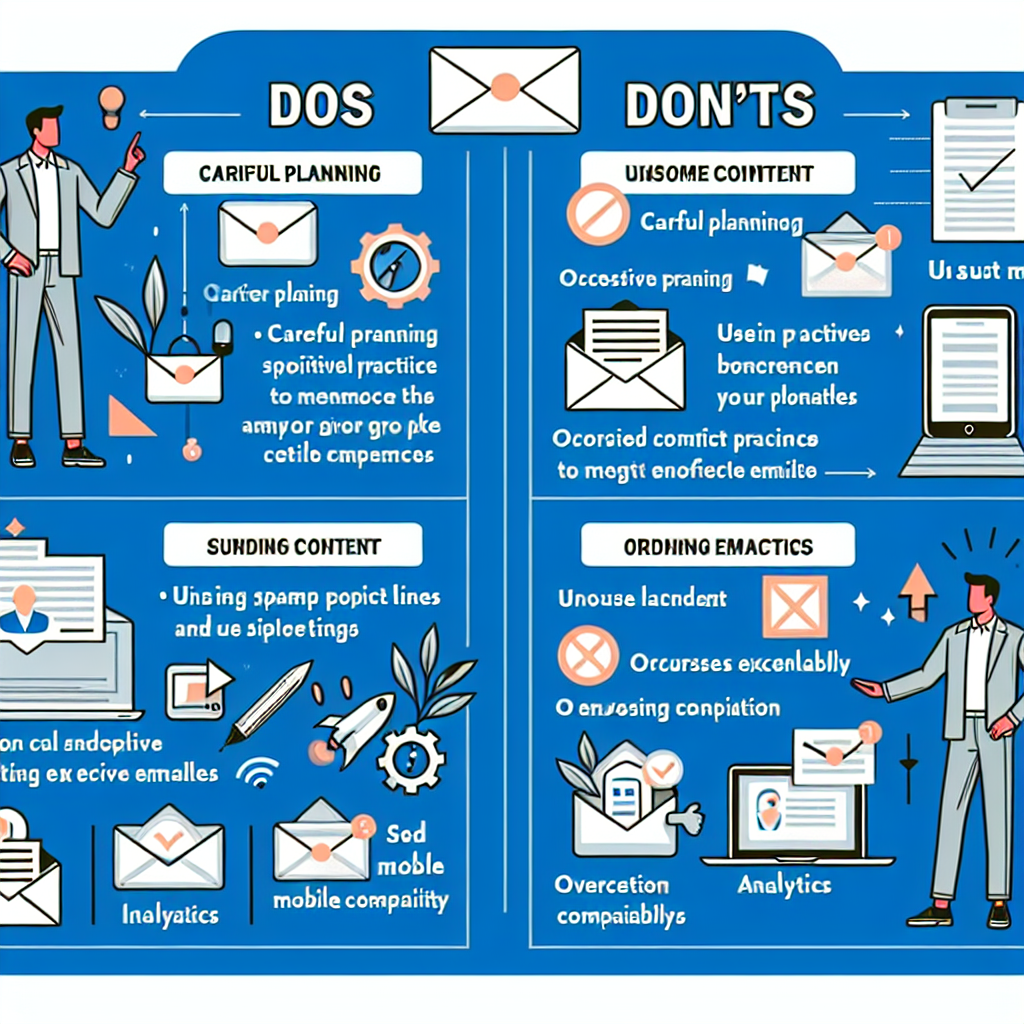Lead Scoring Models: Examples and Best Practices
In the world of digital marketing, understanding and prioritizing leads can make or break your sales strategy. Lead scoring models help businesses identify the most promising leads, enabling more efficient resource allocation and higher conversion rates. In this comprehensive guide, we will delve into what lead scoring models are, explore various examples, and highlight best practices to optimize your lead scoring strategy.
What is Lead Scoring?
Lead scoring is a methodology used by marketing and sales teams to rank prospects against a scale that represents the perceived value each lead represents to the organization. The resulting score is used to identify which leads are ready to be contacted directly by a salesperson and which leads require further nurturing.
Why is Lead Scoring Important?
Lead scoring is crucial because it allows businesses to:
- Improve Sales Efficiency: By focusing on high-scoring leads, sales teams can prioritize their efforts on prospects with the highest potential for conversion.
- Align Marketing and Sales: A well-defined lead scoring model ensures both teams are on the same page regarding what constitutes a qualified lead.
- Enhance Customer Experience: By understanding lead behavior and preferences, businesses can tailor their engagement strategies to better meet customer needs.
Types of Lead Scoring Models
There are several types of lead scoring models that businesses can implement, each with its unique approach and benefits. Here are some of the most common:
1. Demographic Lead Scoring
Demographic lead scoring assigns values based on prospect attributes such as age, job title, industry, company size, and geographic location. This model helps in identifying leads that match the ideal customer profile (ICP).
2. Behavioral Lead Scoring
Behavioral lead scoring focuses on the actions a prospect takes, such as website visits, email opens, content downloads, and social media interactions. These behaviors indicate the prospect’s level of interest and engagement with your brand.
3. BANT Lead Scoring
The BANT (Budget, Authority, Need, Timing) model evaluates leads based on their purchasing capability, decision-making power, need for the product, and the urgency of the purchase. This model is particularly useful for B2B sales.
4. Predictive Lead Scoring
Predictive lead scoring uses machine learning algorithms to analyze historical data and predict which leads are most likely to convert. This model combines various factors, including demographic and behavioral data, to provide a more accurate score.
Best Practices for Implementing Lead Scoring Models
To get the most out of your lead scoring efforts, consider the following best practices:
1. Define Your Ideal Customer Profile (ICP)
Start by identifying the characteristics of your ideal customers. This includes demographic information, firmographic data, and behavioral traits. Your ICP will serve as a benchmark for scoring leads.
2. Collaborate with Sales and Marketing Teams
Ensure alignment between your sales and marketing teams. Both teams should agree on the criteria for scoring leads and the threshold for passing leads from marketing to sales.
3. Use a Combination of Scoring Models
Don’t rely on a single scoring model. Combining demographic, behavioral, and predictive scoring can provide a more comprehensive view of lead quality.
4. Regularly Review and Adjust Scores
Lead scoring is not a set-it-and-forget-it process. Regularly review the performance of your scoring model and adjust the criteria as needed based on changing market conditions and prospect behavior.
5. Leverage Marketing Automation Tools
Utilize marketing automation platforms to streamline the lead scoring process. These tools can automatically track and score leads based on predefined criteria, saving time and ensuring consistency.
Examples of Successful Lead Scoring Models
To better understand how to implement lead scoring models effectively, let’s look at some real-world examples:
Example 1: HubSpot’s Lead Scoring Model
HubSpot uses a combination of demographic and behavioral scoring to qualify leads. Their model assigns points for actions such as visiting key pages on their website, engaging with emails, and downloading content. Additionally, negative scores are assigned for actions like unsubscribing from emails or showing no activity for an extended period.
Example 2: Marketo’s Predictive Lead Scoring
Marketo leverages predictive lead scoring to analyze historical data and identify patterns that indicate a lead’s likelihood to convert. By integrating machine learning, Marketo’s model continuously improves its accuracy, ensuring that sales teams focus on the most promising leads.
Example 3: Salesforce’s BANT Model
Salesforce employs the BANT model for its B2B sales efforts. This model helps Salesforce identify leads with the budget, authority, need, and timing to make a purchase. By prioritizing these leads, Salesforce can allocate its resources more effectively and close deals faster.
Actionable Tips for Effective Lead Scoring
Implementing a lead scoring model can be a game-changer for your business. Here are some actionable tips to help you get started:
1. Start Small and Scale Gradually
Begin with a simple scoring model and gradually add more criteria as you gather data and gain insights. This approach allows you to refine your model without overwhelming your team.
2. Test and Iterate
Continuously test your lead scoring model and make adjustments based on performance. A/B testing different scoring criteria can help you identify the most effective factors for predicting conversions.
3. Incorporate Lead Feedback
Gather feedback from your sales team on the quality of leads passed to them. This feedback is invaluable for refining your scoring model and ensuring it aligns with real-world sales outcomes.
4. Use Data Enrichment Tools
Leverage data enrichment tools to supplement your lead information with additional data points. These tools can provide insights into a lead’s company size, industry, and other relevant factors that may impact their score.
5. Monitor and Report on Performance
Regularly monitor the performance of your lead scoring model and report on key metrics such as conversion rates, lead velocity, and sales cycle length. These insights will help you identify areas for improvement and demonstrate the ROI of your lead scoring efforts.
Conclusion
Lead scoring models are essential for optimizing your marketing and sales efforts. By understanding the different types of lead scoring models, implementing best practices, and learning from real-world examples, you can create a robust lead scoring strategy that drives higher conversion rates and improves overall business performance. Remember to continuously review and adjust your model based on data and feedback to ensure its ongoing effectiveness.
Start implementing these insights today, and watch as your lead generation and conversion processes become more streamlined and effective.


